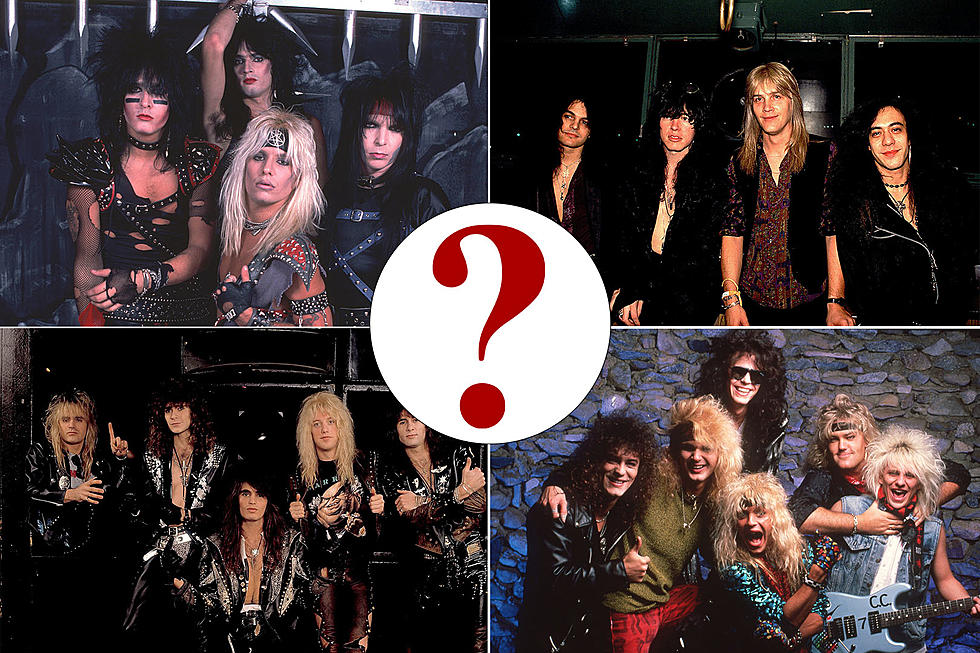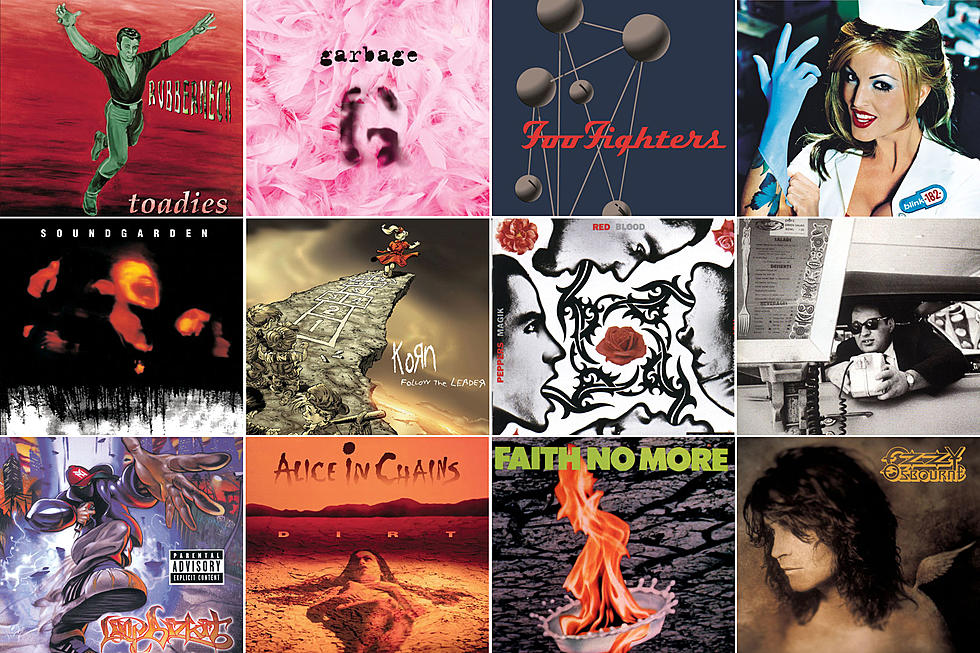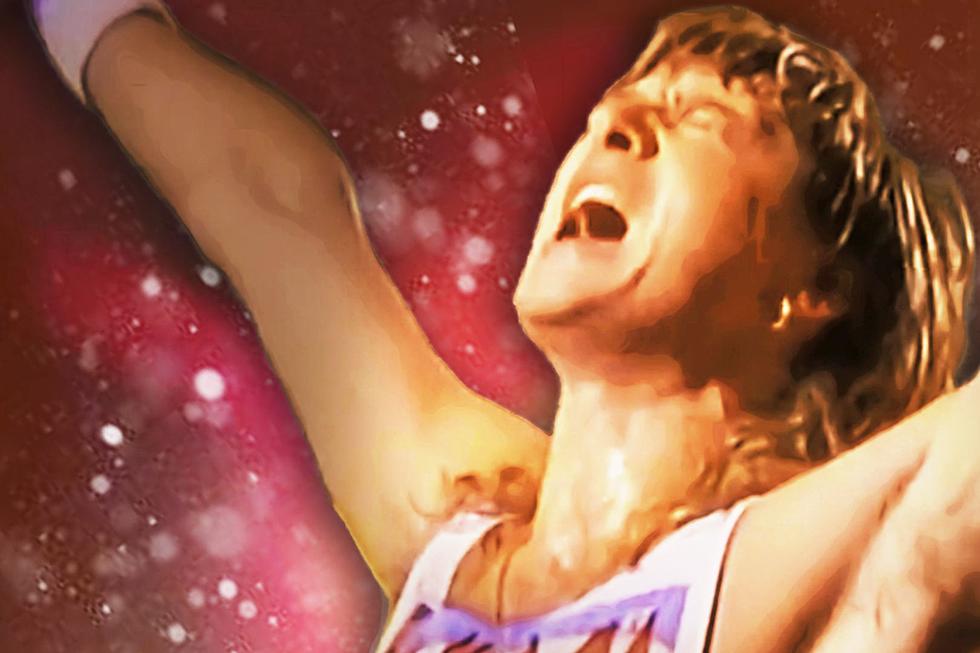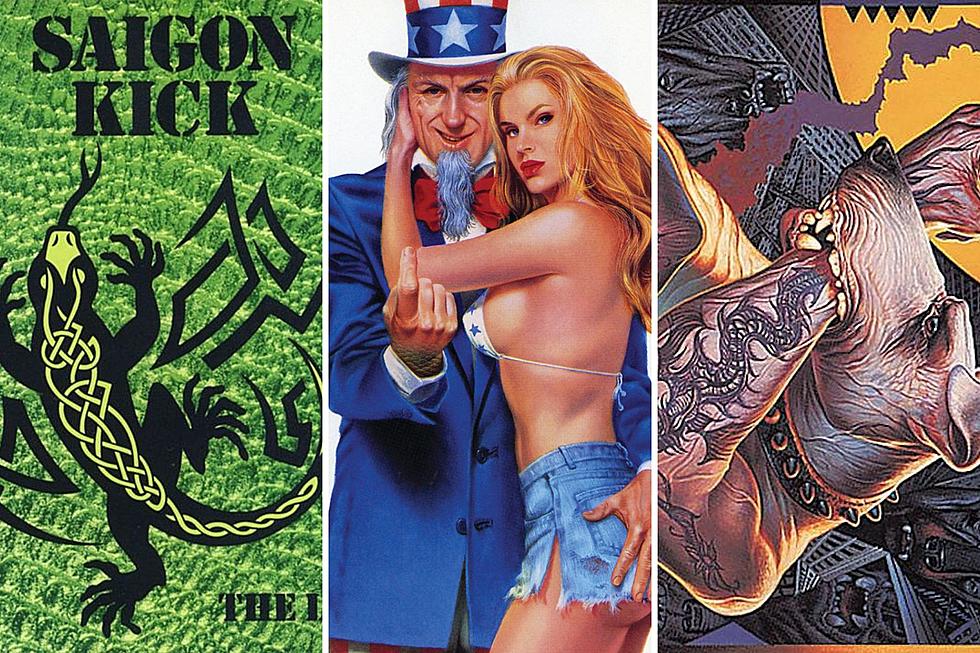
What Is Hair Metal?
There are almost too many subgenres within the world of rock and metal to count, but hair metal is among one of the most widely known. But what is hair metal, exactly?
When people are discussing hair metal, they're usually referring to a group of bands that formed in the 1980s, generally in the Los Angeles area. They wore a lot of spandex, teased their hair, sometimes had makeup on, and wrote a lot of songs about sex, drugs, rock 'n' roll and having nothin' but a good time.
That's a pretty vague generalization, though, so we're going to dive into the history of hair metal, explore its characteristics and determine which bands belong in the category.
Where Did Hair Metal Come From?
You simply cannot talk about a subgenre without first looking at its origins. Hair metal, which is also known as glam metal, was influenced by an earlier rock 'n' roll subgenre that started in the late 1960s called glam rock. The English band T. Rex were really responsible for popularizing glam rock, especially frontman Marc Bolan, who often wore flashy, glittery outfits during televised performances.
David Bowie rose to popularity a few years later, and his androgynous stage personas also contributed to the development of glam rock. Soon, more and more bands that dressed quite flamboyantly started popping up, including Slade and Sweet, and then U.S. bands started adopting this sense of style and demeanor, such as Aerosmith, KISS and the New York Dolls.
By the end of the '70s, Van Halen and Hanoi Rocks were two rising bands that added their own twists to glam rock, especially the former, whose animated live performances and party rock anthems gained attention all over the country.
What Is Hair Metal?
Now that we know that hair or glam metal came from glam rock, what made this new subgenre different from its predecessor? For starters, the style of music was dubbed "hair metal" because of the large hairstyles many of the musicians sported, often teased and sprayed with so much hairspray that you truly wonder how (or if) they were ever able to brush it out.
Hair and Flannel defines hair metal as "heavy metal lite" — later adding that it's "basically heavy metal with more upbeat lyrical content (getting chicks versus agony, pain and destruction), more overdrive than distortion (think Boss SD-1 instead of Metal Zone), and dollop upon dollop of mascara, foundation and hair spray."
And ironically, though Aerosmith were considered quite glammy themselves, Steven Tyler actually wrote the hit "Dude (Looks Like a Lady)" after seeing the members of Motley Crue at a bar. He confirmed it in the book Walk This Way: The Autobiography of Aerosmith, and later added that it was written specifically about frontman Vince Neil (which was also confirmed in Nikki Sixx's book The Heroin Diaries).
The sound of the music itself was essentially much more poppy than the heavy metal of the '70s was, written to appeal to the masses and generate success — and that happened. By the mid-to-late '80s, the popularity of hair metal had spread like wildfires, and new hair bands were popping up every which way, though some of them turned out to be one-hit-wonders.
Which Bands Are Hair Metal?
We already mentioned Motley Crue, but they deserve to truly be hailed the kings of hair metal. Most sources cite them as the quintessential glam band, but around the same time they released their 1981 debut Too Fast for Love, we also saw the rise of Dokken, Kix, Night Ranger, Def Leppard, Bon Jovi and Great White shortly after.
Later groups that became heavily associated with the label were Poison, Ratt, Stryper, Cinderella, White Lion, Faster Pussycat, Warrant, Danger Danger, Winger and many others. Their party-themed music videos were put into heavy rotation on MTV, and the artists were frequent guests on shows such as Headbanger's Ball.
READ MORE: 10 of the Most Underrated Glam Metal Bands of the '80s
Guns N' Roses had formed by members of Los Angeles bands Hollywood Rose and L.A. Guns, and while they sported the same look as a lot of other hair bands when they first started playing on the Sunset Strip in the mid-'80s, their 1987 debut Appetite for Destruction marked the beginning of the end of hair metal, as their sound was much more raw, punk-inspired and blues-based than their contemporaries.
What Happened to Hair Metal?
They often say that music is cyclical, and this was certainly the case with hair metal. As with most other genres, once the industry becomes oversaturated with a bunch of bands that look and sound very similar to one another, the bubble tends to burst. Plus, by the end of the '80s, a group of bands formed a few hours north of the fading Los Angeles scene in and around Seattle.
They didn't become popular for a few more years, but when they did, their stripped-back sound and nonchalant sense of style (or lack thereof) highlighted how exaggerated and commercialized hair metal really came to be. The party was over, and people were looking for a fresh, new sound. But once this new style, which became known as "grunge" took over, the same thing happened to that scene, as it did years after that with nu-metal.
The best part about music, though, is that it's there for us to listen to until the end of time.
Top 30 Hair Metal Albums
More From KKTX FM










